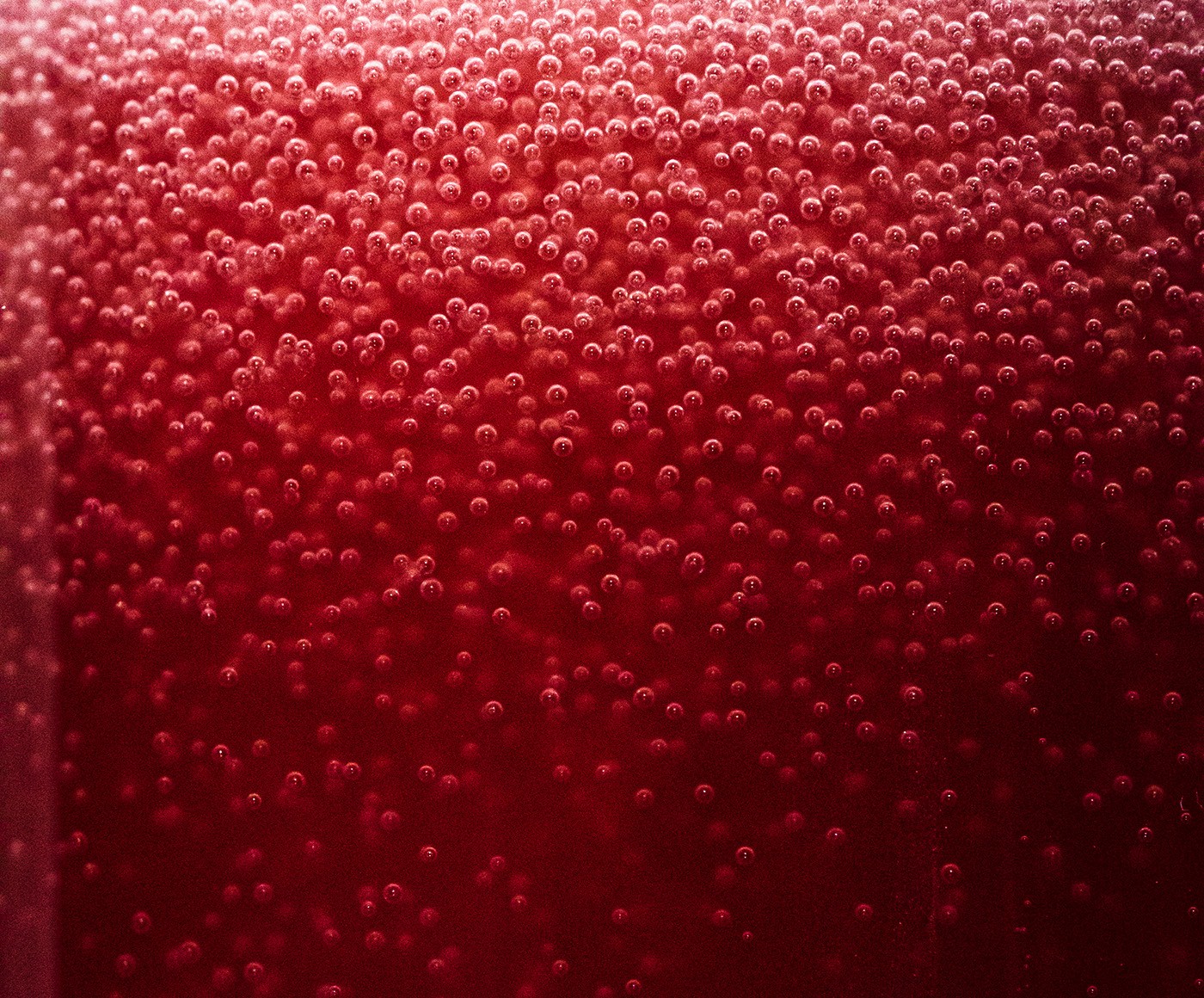Adventure JournalALL THAT SPARKLES
Adventures in Winemaking: Bubbles Edition

We love bubbles.
You love bubbles too. But all that sparkles is not the same.
We’ve been growing grapes for Napa’s top sparkling wine programs for 50 years, but only recently began making them ourselves. Back in 2020 we had an empty cellar and all the time in the world (thanks to wildfires & covid), so we started experimenting to make small batches of many kinds of bubbles.
There are lots of ways to get bubbles into a bottle of wine, and each one results in very different styles of sparkling wines. We use all three of the most common methods. Let’s explore them, together.
How Sparkling Wine is Made
Bubbles are at the most basic byproduct of fermentation. Yeast eat sugar and convert it to alcohol and carbon dioxide. A fermenting tank of wine is a roiling, bubbly, foamy thing, filling the air with the sweet scent of fresh fruit as the bubbles burst into the air. In fact, there is so much carbon dioxide escaping from the wine, it is dangerous to stand over a fermenting tank as you might faint from oxygen deprivation. And as many of us have learned the hard way, you cannot contain the expansion and pressure of such an active fermentation in a full or closed vessel. So how to get bubbles in a bottle safely?
Ancestral Method
Once the fermentation is complete, or nearly so, there is still a significant amount of dissolved carbon dioxide in the young wine. Since the dawn of winemaking, people have bottled spritzy young wines with trace amounts of sugar and yeast. If these bottles were sealed with something porous, the trapped CO2 would dissipate over time or push the closure out of the bottle. If they were sealed tightly, however, pressure would build inside the bottle, keeping the CO2 dissolved and creating a wine that is bubbly, fruity, and a little bit cloudy.
But early winemakers couldn’t measure the sugar and pressure as accurately as we do today and handblown glass bottles were inconsistent, and so the pressure buildup in these young wines would often make the bottles explode. This unpredictability led to the development of a more controlled approach, famously perfected by some monk in the Champagne region of France….
Traditional Method (aka Methode Champenoise)
The traditional method was created to give the winemaker consistency and control. A base wine is made using the same method as a typical white wine, and once it is completely dry and clear, it is bottled with a carefully measured amount of sugar and yeast and left in the cellar to allow this second fermentation to take place in the bottle, generating a predictable amount of pressure and bubbles. The bottles are allowed to age like this for one to five years or more, giving it the classic yeasty character and fine bubbles that come with time.
Another key difference of this method is the final step to remove the sediment that is created by the yeast. This step is called disgorging – the bottles are turned so the sediment settles in the neck of the bottle. Then the neck is frozen, and the bottle opened, so that the solid plug pops out. The bottle of clear wine is now resealed, and usually a little more sugar is added too to give the wine a little sweetness. Did you know that traditional “dry” sparkling wines typically have 4 – 12 grams of added white sugar (i.e. 1 to 3 teaspoons)?
Tank Method
The third most common method for making sparkling wine is a modern one, and that is to use a pressurized tank. Most Proseccos & Lambruscos use this method, so it is also known as Metodo Italiano. This is a quick and inexpensive way to force bubbles to dissolve into a base wine, either by adding yeast and sugar to the pressurized tank (known as the Charmat Method) or even just by injecting CO2 into the tank (Forced Carbonation). These wines are often filtered clear, and are usually a fresh, clean style without the yeasty character of the other two.
We make all kinds.
We make small quantities of a variety of styles of bubbly wines because we enjoy them, and we use all three methods as they give us very different styles of wines.
Our Pezsgő Sparkling Pinot Noir, Sparkling Petite Sirah and Pear Blanc are made using the Ancestral Method. This gives them incredible fresh fruit aromas and flavors, a soft natural bubble, and a touch of savory texture from the yeasty sediment.
Our new Chambrusco, a sparkling Syrah made in the style of Lambrusco, is made using the tank method, with just a touch of spritz to keep it tasting fresh and lively on the palate.
Perhaps our best kept secret is our Blanc de Blancs, a 100% chardonnay made in the Traditional Method. We’ve only released a tiny amount once before, and it is not yet decided when we will next release it, but we’re regularly tasting the bottles slumbering in our cellar and given how good it is, there is a fair chance we will drink them all ourselves. Sorry not sorry.
There is something about bubbles that bring out the kid in all of us. They are joyful, magical even. When it comes to wine, bubbles enhance the aromas and flavors, and are simply fun to open and drink. So go ahead, open some bubbles. There is something to celebrate every single day.
